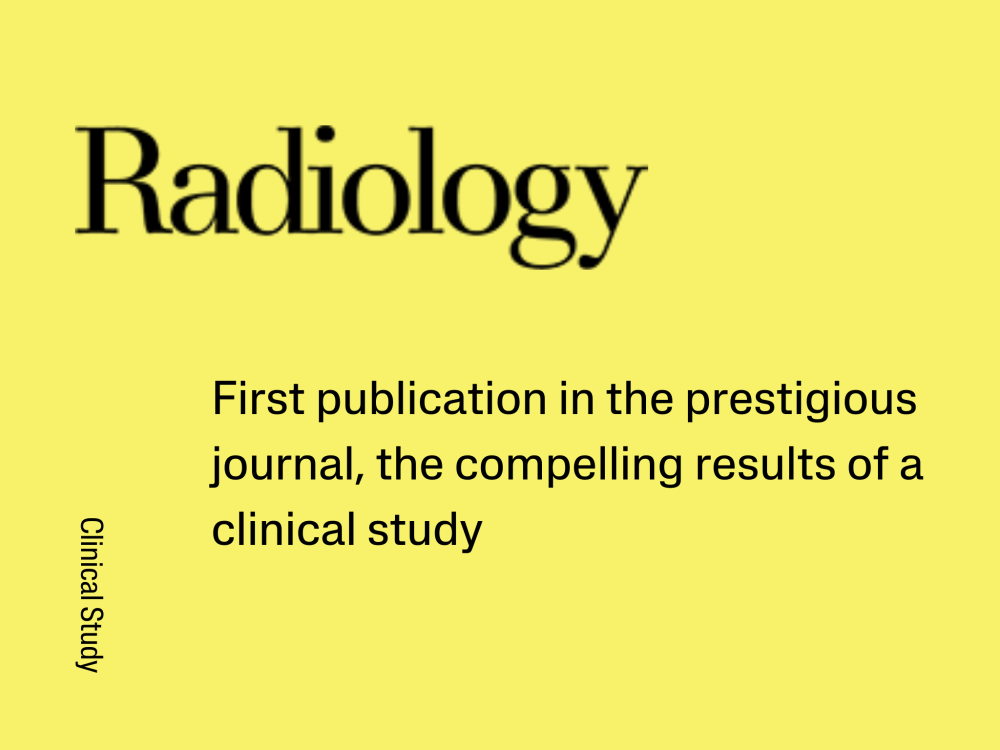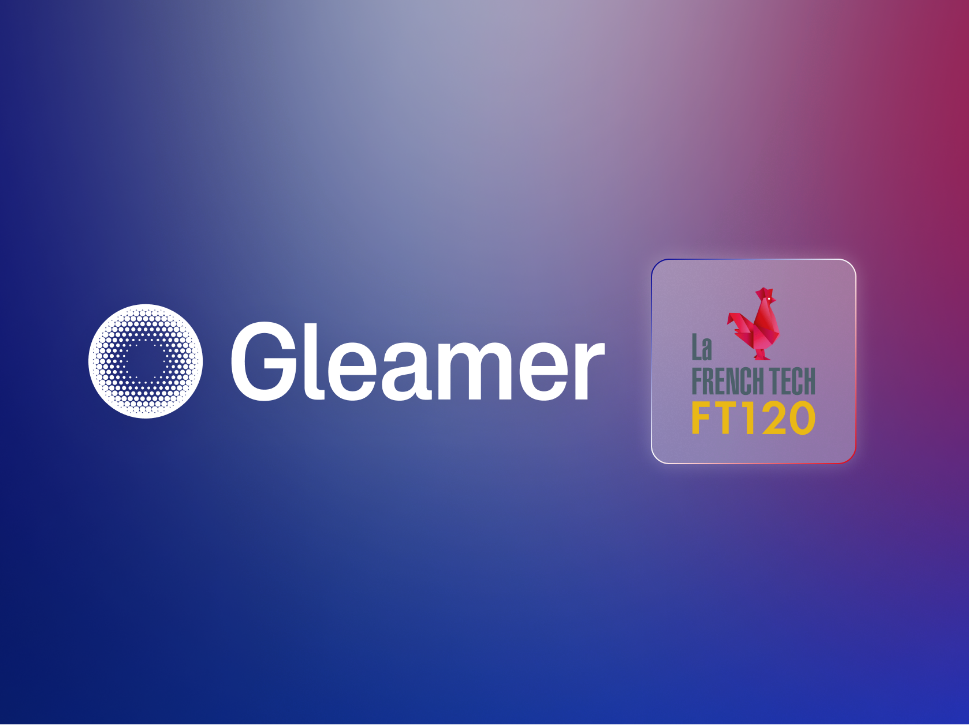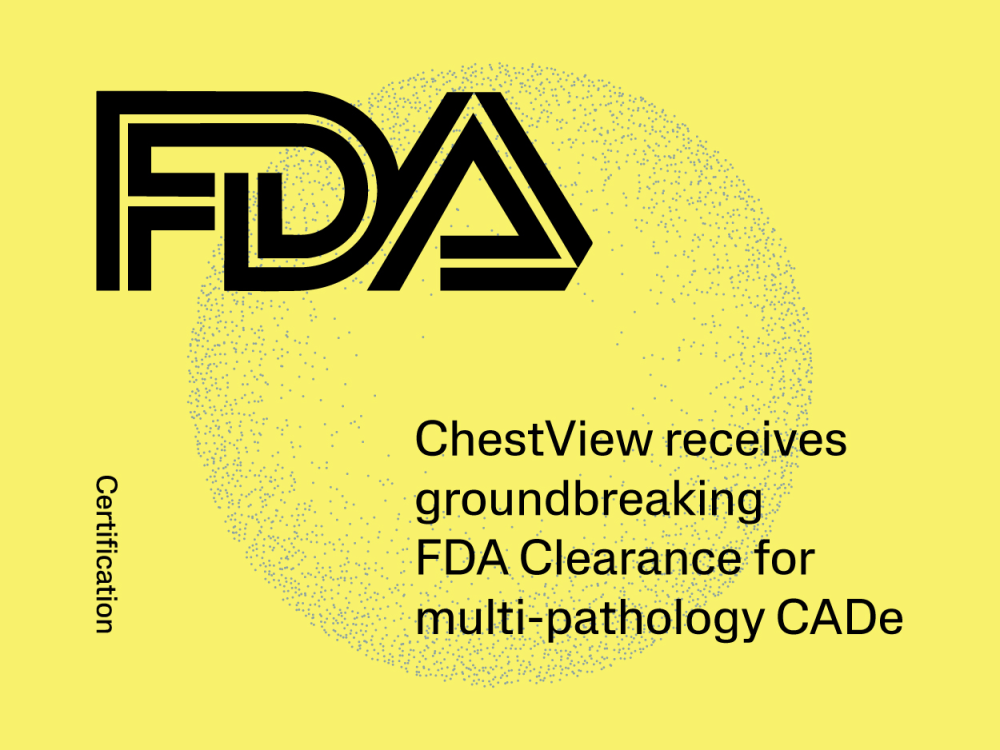GLEAMER Publishes in the Prestigious Journal (Radiology) the compelling results of a clinical study

The combination of AI and health professionals interpretations lowered the false-negative rate (undetected fractures) on radiographs by 30%
BoneView® allowed a gain in sensitivity (12% increase) and specificity (5% increase) per patient, without loss of reading speed, on exams specifically selected for their difficulty.
Paris, May 18th 2021 – Gleamer, a French med‐tech company that develops an A.I. software suite to help radiologists and emergency physicians diagnose their patients, announces that the results of a clinical study evaluating the performance of BoneView®, its artificial intelligence software, assisting radiologists and emergency physicians to detect and localize appendicular skeletal fractures have been published in the prestigious journal “Radiology”. With this publication, the international scientific community validates the quality and robustness of the data generated by this study.
“To our knowledge, this is the first study that evaluates the performance of AI‐assisted reading for radiographic fracture detection over the entire appendicular skeleton and on multicenter data, from a variety of imaging systems, some of which were not present in the training database”, says Dr. Loïc Duron, a radiologist at the Adolphe de Rothschild Foundation Hospital (Paris) currently doing a science thesis on AI in medical imaging, and first author of the study.
“This study is the result of significant collaborative work between specialists in radiology, data science, biostatistics and Gleamer teams to evaluate the clinical performance of BoneView®. This is an important step that quantifies and scientifically validates the benefits of this AI solution available to healthcare institutions, in a context where several solutions are marketed without published objective results” , added Prof. Antoine Feydy, an osteoarticular radiologist at Cochin Hospital (Paris). Publication in “Radiology”, a journal with the highest impact factor in the field, reflects, on the one hand, the rigor of the methodology used but also the magnitude of the obtained results.
“We are delighted and proud of the publication in “Radiology” of our ambitious clinical study with BoneView®, whose results are unequivocal on the benefits of the cross‐interpretation of AI and the physician: 30% decrease in the rate of undetected fractures, while reducing the radiographs reading time by 15%, on exams specifically selected for their difficulty, i.e. with so‐called non‐obvious fractures.
In 10 years, the number of exams to be analyzed by radiologists has doubled, while the number of radiologists has increased by only 20%. We are continuing our developments to improve and enrich our range of artificial intelligence software to progressively automate the diagnosis of standard Radiography to ensure very high reliability of the examination and optimal patient care,” said Christian Allouche, CEO and co‐founder of Gleamer.
Prior to the study, the BoneView® AI system was trained on 60,170 radiographs obtained from trauma patients. For the study, between 2016 and 2018, 600 adult patients in whom radiographs were obtained after a recent trauma, with or without one or more fractures of the shoulder, arm, hand, pelvis, leg, or foot, at 17 French imaging centers, were retrospectively included. Six radiologists and six emergency physicians were asked to detect and localize fractures with and without the help of BoneView® software. Sensitivity, specificity, and reading times with and without assistance were compared after averaging the performance of each reader. AI assistance improved physician sensitivity per patient by 12% (and 22% for patients with multiple fractures) and specificity by 5% and reduced the average number of false positives per patient by 42% in patients without fractures and average reading time by 15%. Finally, the standalone performance of a newer version of the AI system was superior to that of all unassisted readers, including osteoarticular expert radiologists.
In conclusion, the help of artificial intelligence improves the diagnostic performance of radiologists and emergency physicians, which will allow better patient management from their first imaging examination. Among the expected consequences, the help of AI should allow improving the specificity of the complementary exams prescribed after the radiography, to avoid delays in care, and to direct patients into the right therapeutic pathway.



